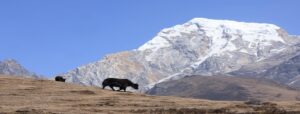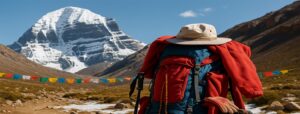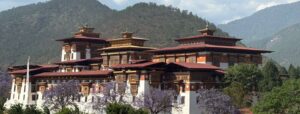Sagarmatha National Park is a major tourist attraction for those who prefer an area surrounded by beautiful mountains and distinct flora-fauna. Located at Koshi, Nepal with a coverage area of 1148 km2, this place is a piece of heaven with varieties of places and wildlife that uplifts its beauty and radiance.
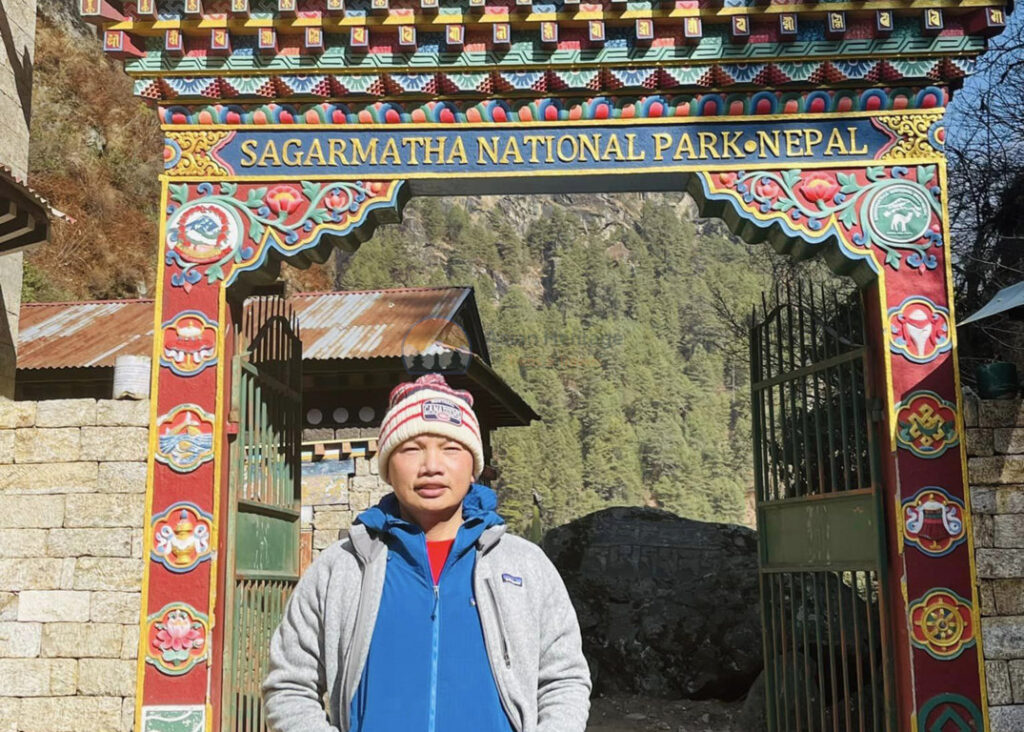
With a base elevation of just over 2,800 meters and a summit elevation of just over 8,800 meters, the Sagarmatha National Park is the highest national park in the world. It is home to a diverse range of animals as well as forests, arid landscapes, and snow-capped peaks, all of which are inhabited by the approximately 6,000 native Sherpas.
Location: Koshi, Nepal
Area: 1,148 km2 (443 sq mi)
Nearest city: Namche, Khumjung
Established: July 19, 1976
What is Sagarmatha National Park Famous for?
Highlights of Sagarmatha National Park
- Dominated by the World’s highest peak, Mountain Everest
- Unique Sherpa Culture
- Distinct Flora Fauna
- Endangered species, including smaller pandas and snow leopards
World’s highest peak: Mountain Everest
The Nepali terms sagar, which means “sky,” and matha, which means “head,” are combined to form the phrase Sagarmatha, which is used to refer to Mount Everest. The mountain and its surroundings are referred to in Western culture as Everests.
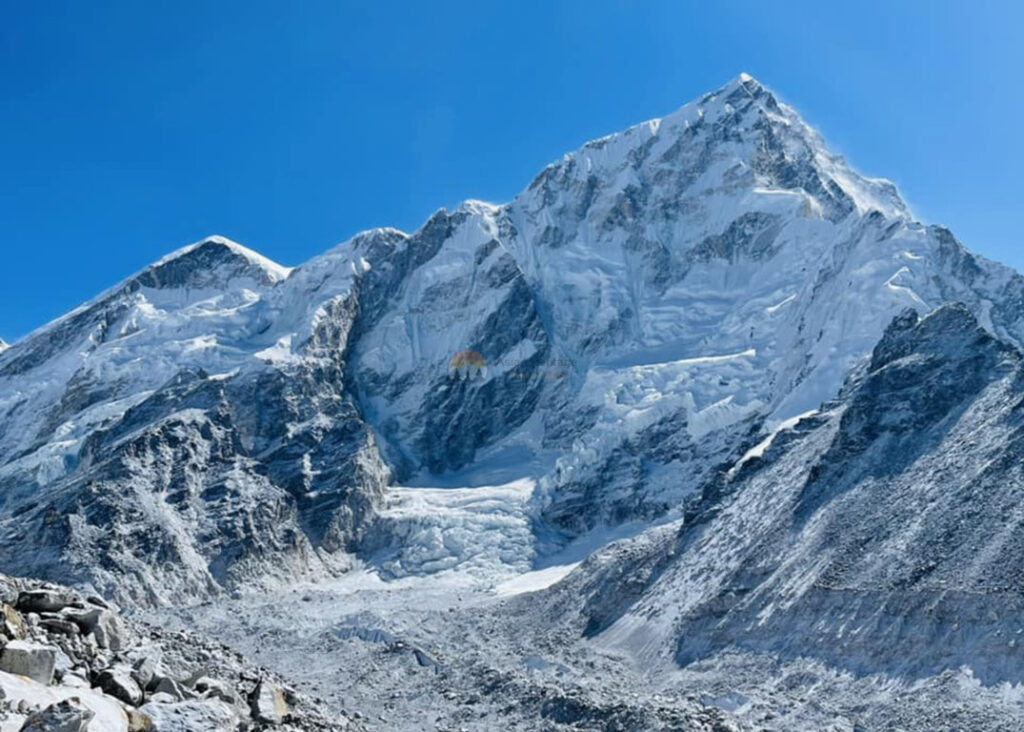
The 8,848-meter-high Mount Sagarmatha, also known as Everest, and an elevation range of 6,000 meters are all part of the 124,400-hectare Sagarmatha National Park (SNP), which is located in Nepal’s Solu-Khumbu district. A remarkable region including striking mountains, glaciers, profound valleys, and seven summits, including the 7,000-meter-high Mount Sagarmatha, the park is home to numerous endangered species, including the red panda and the snow leopard. SNP, a well-known alpine tourism site, was gazetted in 1976 and has integrated environment and culture ever then, housing around 2,500 Sherpa people.
Flora
Many distinct fauna can be found in this region. Himalayan birch, rhododendron, and fir make up the subalpine belt’s woods.
Also Read: Everest Base Camp Trek Permits: What You Need to Know
At elevations between 4,000 and 5,000 m (13,000 and 16,000 ft), juniper and rhododendrons predominate, while lichens and mosses grow above 5,000 m (16,000 ft). The national park is home to over 1,000 different types of flowers.
Fauna
Sagarmatha National Park is home to various birds and animals. The bearded vulture, alpine chough, snowcock, and Himalayan monal are among the 208 bird species found in Sagarmatha National Park.
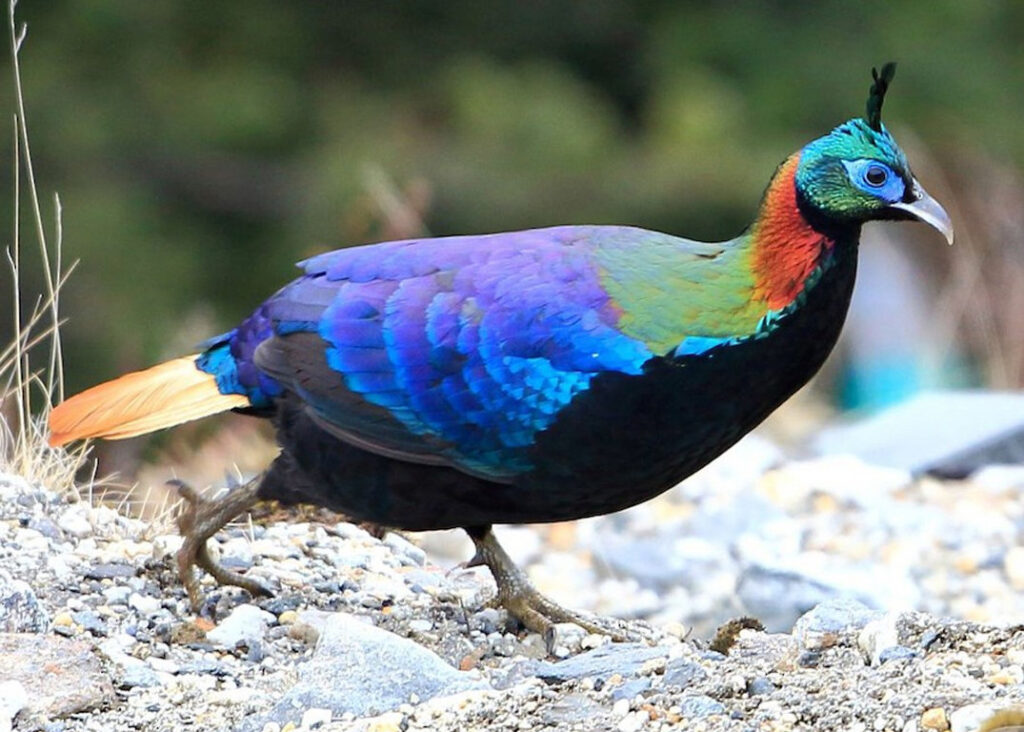
An Important Bird Area has been established for it. Musk deer, Himalayan thar, and Himalayan serow are examples of ungulates. While the Indian leopard ranges through forests at lower levels, the snow leopard lives at elevations of 3,500 m (11,500 ft).
Sherpa Culture
Over 6000 Sherpas who have lived in the area for the past 400 years live in over 20 communities on the site. Maintaining their customs of culture and religion, such as refraining from hunting and killing animals and showing respect for all living things.
Over the past 400 years, the Tibetan Buddhist Sherpas have lived in the area that now comprises Sagarmatha National Park. They continue to be the park’s ardent supporters due to their distinctive culture and religion, which have endured to this day, and their deep spiritual ties to the land they live on. Foods in the park are mostly composed of vegetables and grains because it is illegal to slaughter animals there.
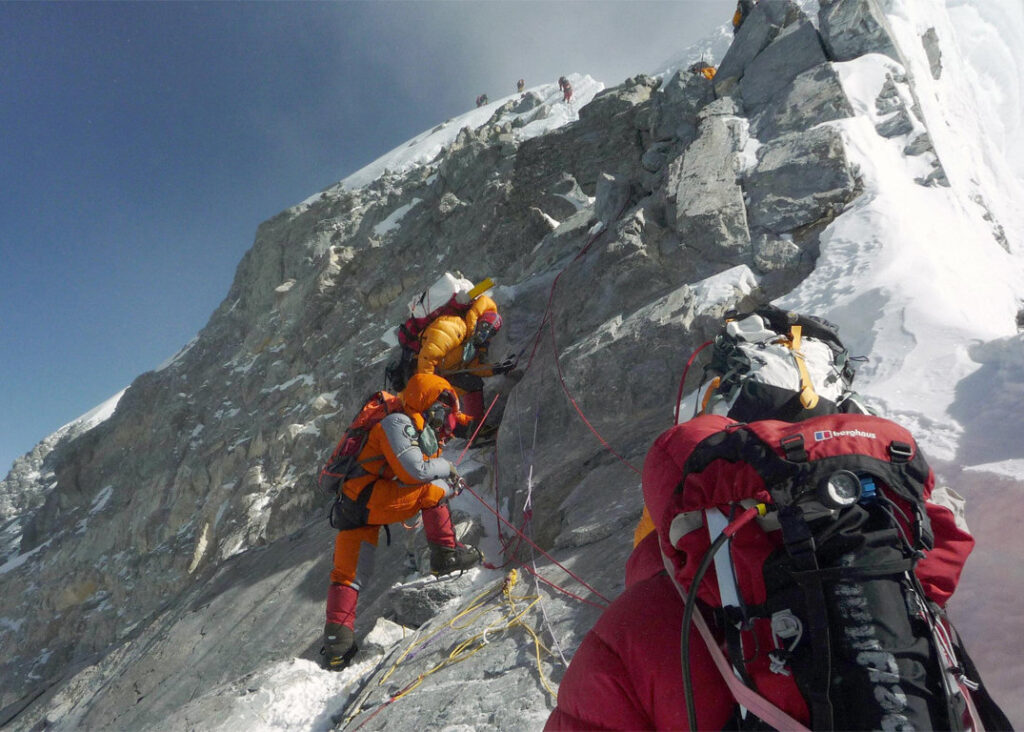
The mani walls, rocks engraved with prayers, and prayer flags that have come to represent Everest and the Himalayas, as well as the numerous monasteries scattered around the area are testaments to the Sherpa culture.
As a result of years of living at high altitudes and navigating through the region, the Sherpa people have become famous for their innate mountaineering abilities and expertise; they were, and still are, instrumental in any trek and climb in the park as they have accompanied almost every successful summit to the peak of Everest. It is widely believed that they have a genetic adaptation from living in such high altitudes that makes them naturally better at climbing and coping in the extremely high altitudes encountered on a climb.
Airport and network connection facilities
Overall, the yearly rise in visitors to the park has had a very positive effect on the local population and the local infrastructure. The surge of tourists has brought a continuous flow of money and investment into the region, starting with the construction of Lukla Airport and numerous schools following the summits of Tenzing Norgay and Sir Edmund Hillary.
You may also like: Lukla Airport Facts: Runway Length, Crash, History & More
Even at the highest altitudes, Wi-Fi is widely available in tea shops and restaurants, and 3G mobile service is available almost everywhere in the park. With more than 30,000 visitors a year, the Everest Base Camp Trek has grown to become one of the most well-known and well-liked in the world thanks to the presence of numerous travel operators, both domestic and foreign.
Best time of the year to Visit Sagarmatha National Park
Visits between October and November and between March and May are the most convenient. You should avoid going here from June to September as there is a lot of rainfall (about 1000 mm), which makes hiking and camping challenging. It is very cold and snows a lot throughout the winter months of December through February. Thus Spring/autumn are the best seasons which last for the months mentioned above.
Getting to Sagarmatha National Park from Kathmandu
Sagarmatha National Park is situated in a remote area, making access difficult. The closest airport is 33 kilometers distant, at Tenzing-Hillary Airport in Lukla.

Traveling to Lukla, which is only a 25-minute flight from Kathmandu, is the most convenient and efficient method to get to Sagarmatha National Park. One may hike up to the national park from Lukla. The trail is rough, steep, and incredibly thrilling.
Bus routes
There are no direct road routes leading to Sagarmatha National Park. The nearest alternative is to take a bus from Kathmandu to Jiri village, which is approximately 100 kilometers from the park. It takes roughly ten days to travel from Jiri to Sagarmatha.
Alternatively, take a bus to Salleri hamlet, which is near Phaplu village.
Accommodation facilities at Sagarmatha National Park
There are plenty of lodging options in Sagarmatha Park because locals are invested in the lodging business and therefore own small hotels, homestays, and lodges. As well if you wish to camp in this area we as well provide camping facilities in some areas of Sagarmatha; nonetheless, local authorities may forbid camping in the national park region.
Things you can do at Sagarmatha National Park
Hiking
The most common adventure activity in Sagarmatha National Park is hiking. The forest has several uneven, mountainous pathways that provide breathtaking views of the Himalayan peaks, valleys, and summits.
Popular: 8 Things You Need to Know about Namche Bazaar
Most of the trails are accessible by individuals on their own, although hiring a local Sherpa is unquestionably better and more efficient.
Gokyo Lake Camping
Camping on the gorgeous Gokyo Lake‘s shores is a fantastic idea if you enjoy thrills and adventure. This stunning lake, which is part of Sagarmatha National Park, is frozen in the winter. Raise the camping experience to a new level by setting up a tent outside.

The sight of the majestic Mount Everest from Gyko Lake is truly breathtaking, even though the location offers captivating vistas of the surrounding mountains and glaciers.
Viewing Mt. Everest
The closest location to see Mount Everest is Kala Patthar, which is part of Sagarmatha National Park. This captivating location is 5545 meters above sea level, and access requires a strenuous climb. The breathtaking view of the snow-covered Himalayan peaks and ranges makes the journey worthwhile in every way, in addition to Everest.
Cost for Sagarmatha National Park’s entry pass
At Monzo and Namche Bazaar, the Sagarmatha National Park is where you can purchase an entrance pass to enter the park. SAARC nationals pay INR 1500/ $15 for the pass, foreigners pay INR 3000/ $30, and Nepali citizens pay INR 25. To permit entry, passports are needed.
Let our expert team at Asian Heritage Treks and Travel take care of everything — from guided tours to personalized packing tips and travel arrangements.
Plan an unforgettable journey




